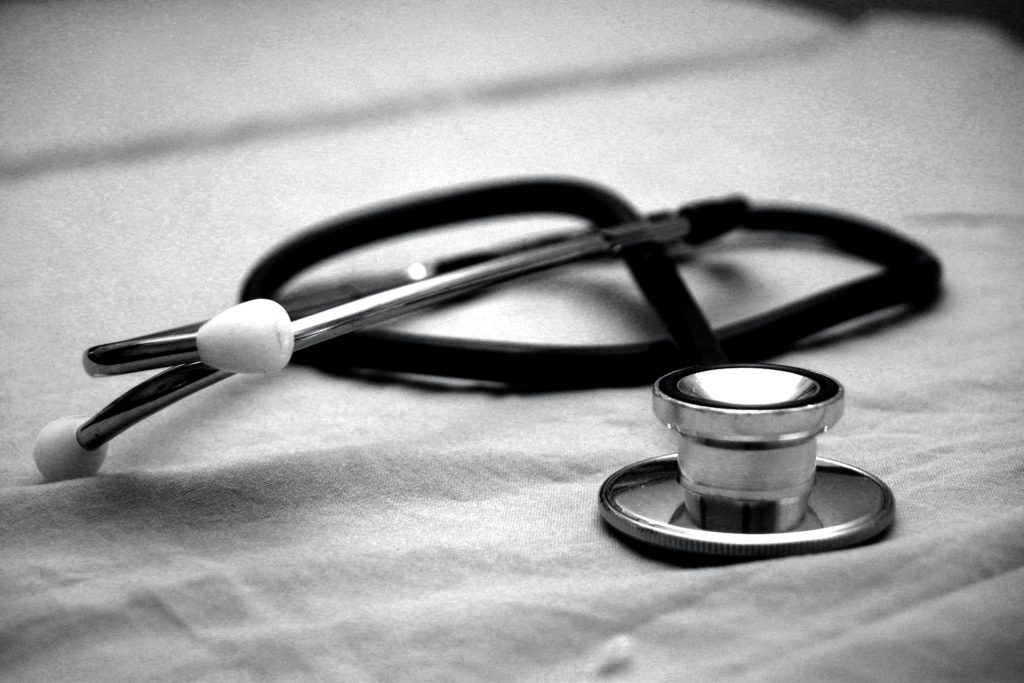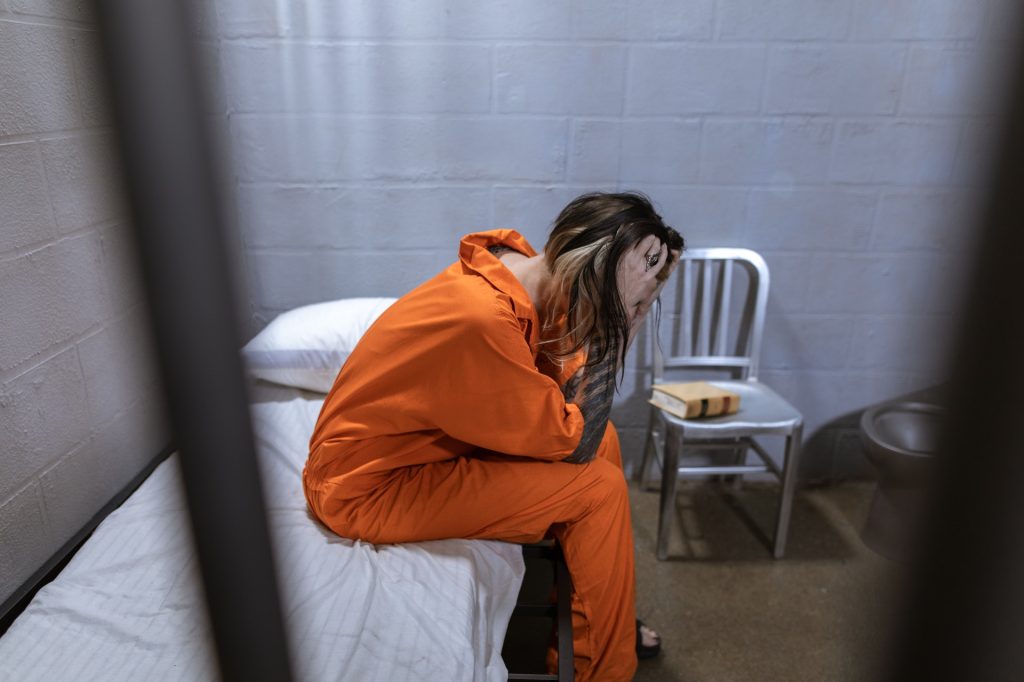Merck Foundation Wins Most Influential NGO of 2024 for Efforts Shaping Africa’s Future

Merck Foundation, the philanthropic arm of Merck KGaA Germany has been awarded as the “NGO of the Year 2024”, the Most Influential NGO Shaping Africa’s Future and Leading Community Empowerment, by Avance Media, a leading rating and voting firm in Africa.
On receiving the accolade, Senator, Dr. Rasha Kelej, CEO of Merck Foundation and One of 100 Most Influential Africans for five consecutive years – from 2019 till 2023 expressed, “I am thrilled and proud to share that Merck Foundation has been voted as the “NGO OF THE YEAR 2024”, out of the list of 10 NGOs Leading Community Empowerment in Africa, shortlisted by Avance Media, big thanks for everyone who voted for us, we would not have been able to make it without your support and trust in Merck Foundation’s significant role in shaping the future of African communities.”
Winning the “NGO of the Year 2024 ” as per people’s votes acknowledged their collective efforts in shaping Africa’s future through key sectors such as health, education, and economic empowerment.
“This recognition inspires me and my team to continue our mission to transform the patient care landscape, drive cultural change, support girls’ education, empower women, and break the stigma around infertility in Africa and beyond. We are committed to contributing to improving lives of the people.” Dr. Rasha Kelej added.
Merck Foundation was initially announced as one of 10 Most Influential NGOs Shaping Africa’s Future, along with other leading NGOs working in Africa like Save the Children, Plan International, Doctors without Borders, Africa Women’s Development Fun, African Medical & Research Foundation, and others. Merck Foundation was then voted for as the NGO of the Year 2024, out of the 10 NGOs listed.
Since 2012, Merck Foundation, together with their Ambassadors, the First Ladies of Africa, and Partners like Ministries of Health, Gender, Education, and Communication, continues to transform patient care across Africa and bring cultural shift with regards to a wide range of social and health issues, including breaking the stigma around infertility, supporting girls’ education, ending child marriage and FGM, stopping gender-based violence, and raising awareness about diabetes and hypertension.
“I am happy to share that we have provided more than 2080 scholarships to young doctors from 52 countries, in 44 underserved medical specialties. Many of our Merck Foundation Alumni are becoming the first specialists in their countries. Together, we continue to make history,” Dr. Kelej added.
The scholarships of one year, two year and three year fellowship, diploma and master course have been provided in 44 underserved medical specialties like Oncology, Diabetes, Cardiology, Endocrinology, Respiratory, Acute Medicine, Sexual and Reproductive medicine, Embryology, Respiratory, Critical care, Psychiatry, General Surgery, Dermatology, Emergency and Resuscitation Medicine, Gastroenterology, Neuroimaging for Research, Pain Management, Neonatal Medicine, Clinical Microbiology & Infectious Diseases, Advanced Surgical Practice and more.
Through their “More Than a Mother” campaign which is a strong movement that aims to empower infertile and childless women through access to information, education and change of mindset, Merck Foundation has been building quality and equitable reproductive and fertility care capacity, breaking infertility stigma and raising awareness about Infertility Prevention and Male Infertility.
“I am happy that we are contributing to building and advancing fertility care capacity in Africa and improving better access to women’s health. I am very proud to share that we have provided till today more than 650 scholarships of Embryology, Fertility and Reproductive care to young doctors from 39 different countries. Moreover, we also support childless women by helping them start their own small businesses. It is all about giving every woman the respect and support she deserves to lead a fulfilling life, with or without a child”, Senator, Rasha Kelej explained.
Moreover, Merck Foundation strongly believe that Education is one of the most critical areas of women empowerment. Therefore, through their “Educating Linda”, Merck Foundation contributes to the future of young African girls who are brilliant but underprivileged, by providing more than 700 scholarships, to cover their school fees till they graduate, and thousands of school items to schoolgirls in many African countries including Botswana, Burundi, Malawi, Ghana, The Gambia, Nigeria, Zambia, Zimbabwe, Ghana, Namibia, Democratic Republic of the Congo, Niger and more.
I am happy that we are contributing to building and advancing fertility care capacity in Africa and improving better access to women’s health
Dr. Rasha Kelej
Additionally, Merck Foundation has been raising awareness about many critical social issues including breaking infertility stigma, supporting girl education, women empowerment, ending FGM & child marriage, stopping GBV and important health issues like Diabetes & Hypertension prevention, early detection & Management; promoting healthy lifestyle; infertility awareness & management and more. Merck Foundation has introduced many unique and innovative ways like Songs, Animation Films, Children Storybooks, Health Media Trainings, “Our Africa” TV Program, Awards for Media, Filmmakers, Fashion Designers and Musicians and more.
Source: Merck Foundation



